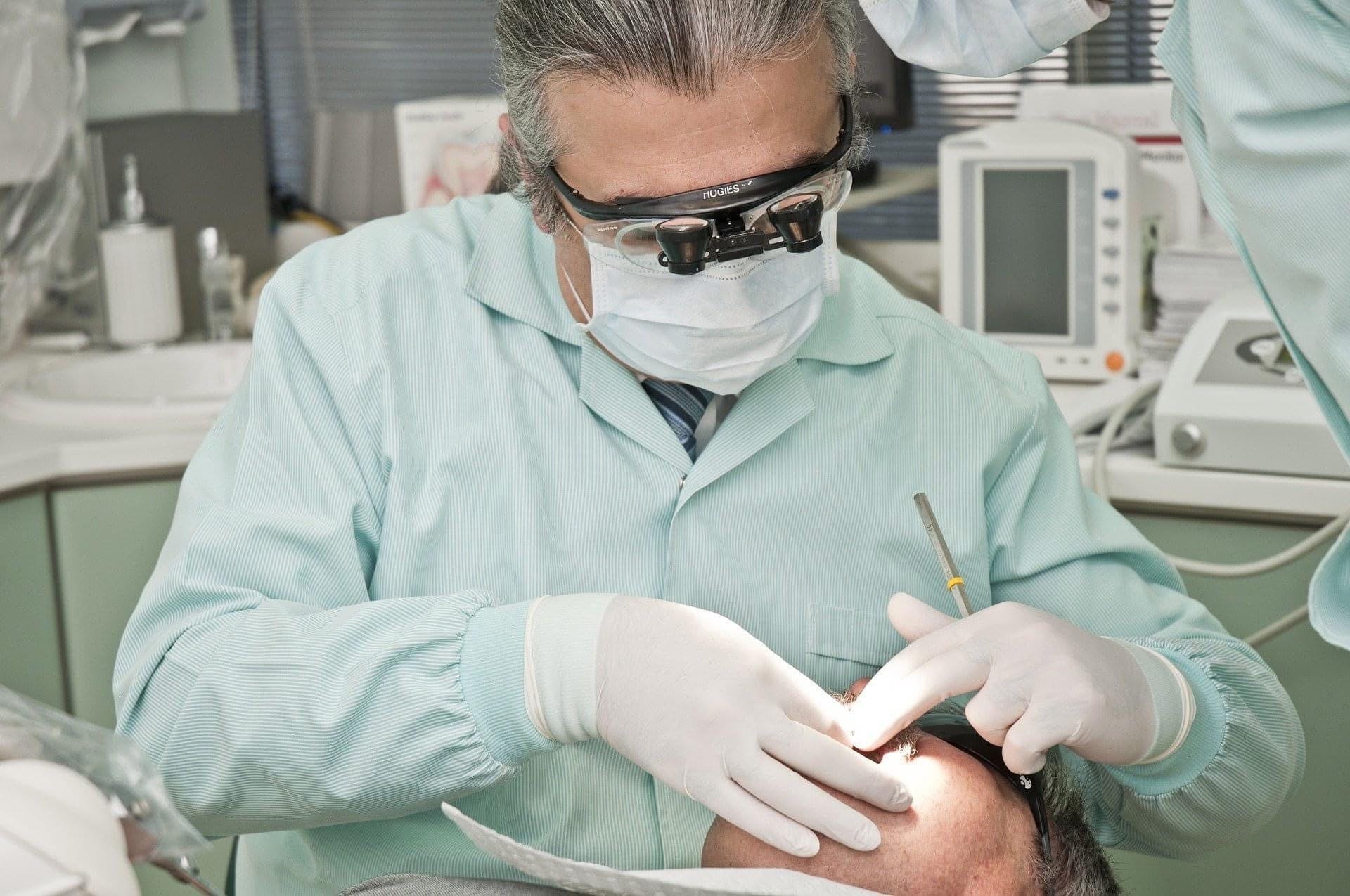 Vitamin D is a fat-soluble vitamin, as it is stored in the liver and fatty tissues. It is stored for long periods and is eliminated slowly from the body. Vitamin D is often referred to as the “sunshine vitamin” because the body makes it after being exposed to sunshine. It is the only vitamin that the body can produce on its own, but it needs sunlight to do so. The body must get all other vitamins from diet and/or supplementation. There are several forms of Vitamin D, including D2 and D3. Vitamin D2 is synthesized by plants, and Vitamin D3 is synthesized by humans when their skin is exposed to ultraviolet-B (UVB) rays from sunlight.
Vitamin D is a fat-soluble vitamin, as it is stored in the liver and fatty tissues. It is stored for long periods and is eliminated slowly from the body. Vitamin D is often referred to as the “sunshine vitamin” because the body makes it after being exposed to sunshine. It is the only vitamin that the body can produce on its own, but it needs sunlight to do so. The body must get all other vitamins from diet and/or supplementation. There are several forms of Vitamin D, including D2 and D3. Vitamin D2 is synthesized by plants, and Vitamin D3 is synthesized by humans when their skin is exposed to ultraviolet-B (UVB) rays from sunlight.
Vitamin D: Function and Uses
Vitamin D helps the body maintain necessary insulin blood levels; helps blood cell formation and immunity; helps cells “differentiate,” which may lower cancer risks; helps maintain normal blood levels of calcium and phosphorus; assists in calcium absorption; promotes bone mineralization and skeletal development; strengthens the immune system; helps maintain proper bone structure; is needed for bone growth and remodeling; works with calcium to protect bones from osteoporosis; and reduces inflammation.
Vitamin D has been used to treat the following:
- Asthma
- Bronchitis
- Chronic Obstructive Pulmonary Disease (COPD)
- Crohn’s Disease
- Cystic Fibrosis
- Diabetes
- High blood pressure
- High cholesterol
- Multiple sclerosis
- Muscle weakness
- Osteoporosis
- Osteomalacia (softening of the bones)
- Pre-Menstrual Syndrome (PMS)
- Rheumatoid Arthritis
- Rickets
Some research suggests that Vitamin D can increase resistance to seizures, boost the immune system and help treat seasonal depression, bilateral cochlear deafness and bone fractures. It has also been used to treat the skin conditions actinic keratosis, lupus vulgaris, psoriasis, scleroderma and vitiligo.
Signs of Vitamin D Deficiency
Vitamin D deficiency can cause osteomalacia, abnormal bone formation, porous bones, weak muscles, bone fractures, rickets, bone pain and weakness, increased risk of death from cardiovascular disease, cognitive impairment in older adults, severe asthma in children and cancer.
Vitamin D deficiency is common, especially in industrialized countries in northern latitudes where sun exposure is infrequent. It is also common in winter months when there is less access to sunlight and in highly polluted areas where the sun’s ultraviolet rays are blocked. However, Vitamin D deficiency even occurs in sunny climates, possibly because people stay indoors more, cover up their bodies when outside and constantly use sunscreen in order to protect against skin cancer.
Strict vegetarians, alcoholics, people with liver or kidney disease, dark-skinned people, people with intestinal malabsorption, people with insufficient pancreatic function such as cystic fibrosis or pancreatitis and those with hyperthyroidism are more likely to have a Vitamin D deficiency. Those with liver or kidney disease produce Vitamin D, but their bodies do not activate it. People over the age of 65 are at an increased risk for Vitamin D deficiency as they are less likely to spend time in the sun, have fewer receptors in their skin to convert sunlight to Vitamin D, have trouble absorbing Vitamin D and don’t easily convert Vitamin D to a useful form due to aging kidneys.
Recommended Dosage for Vitamin D
The Recommended Daily Allowance (RDA) of Vitamin D for adults is 600 IU. According to the National Institutes of Health (NIH), people ages 50-70 should get 400 IU daily and those over 70 should take 600 IU daily. Getting about an hour of sunshine per week (10-15 minutes, three times weekly) is generally enough to produce the body’s Vitamin D requirements.
There are few foods in nature that contain Vitamin D so it is not easy obtaining sufficient Vitamin D from your diet. Fatty fish like herring, mackerel, sardines and tuna and fish liver oils are the best food sources of Vitamin D. Small amounts of Vitamin D are found in beef liver, cheese and egg yolks. To make Vitamin D more available, it is added to dairy products, juices and cereals, and these foods are said to be “fortified with Vitamin D.” But most fortified foods provide Vitamin D2, which is not as well utilized by the body as D3.
Sunlight causes the body to make Vitamin D, so daily exposure is a good source of Vitamin D. Miami dentists recommend exposing the face and hands for about 10 minutes per day for a fun, all-natural way to boost Vitamin D. Holistic dental professionals also recommend using plenty of sunscreen to protect the skin from harmful free radical damage during sun exposure.
Sources for this article include:
http://www.drweil.com/drw/u/ART02812/vitamin-d
http://www.ext.colostate.edu/pubs/foodnut/09315.html
http://www.vitaguide.org/vitamin-d.html
http://www.webmd.com/vitamins-supplements/ingredientmono-929-VITAMIN%20D.aspx?activeIngredientId=929&activeIngredientName=VITAMIN%20D
http://ods.od.nih.gov/factsheets/VitaminD-HealthProfessional/
http://users.rcn.com/jkimball.ma.ultranet/BiologyPages/R/RDAs.html
http://www.webmd.com/diet/vitamin-d-deficiency





